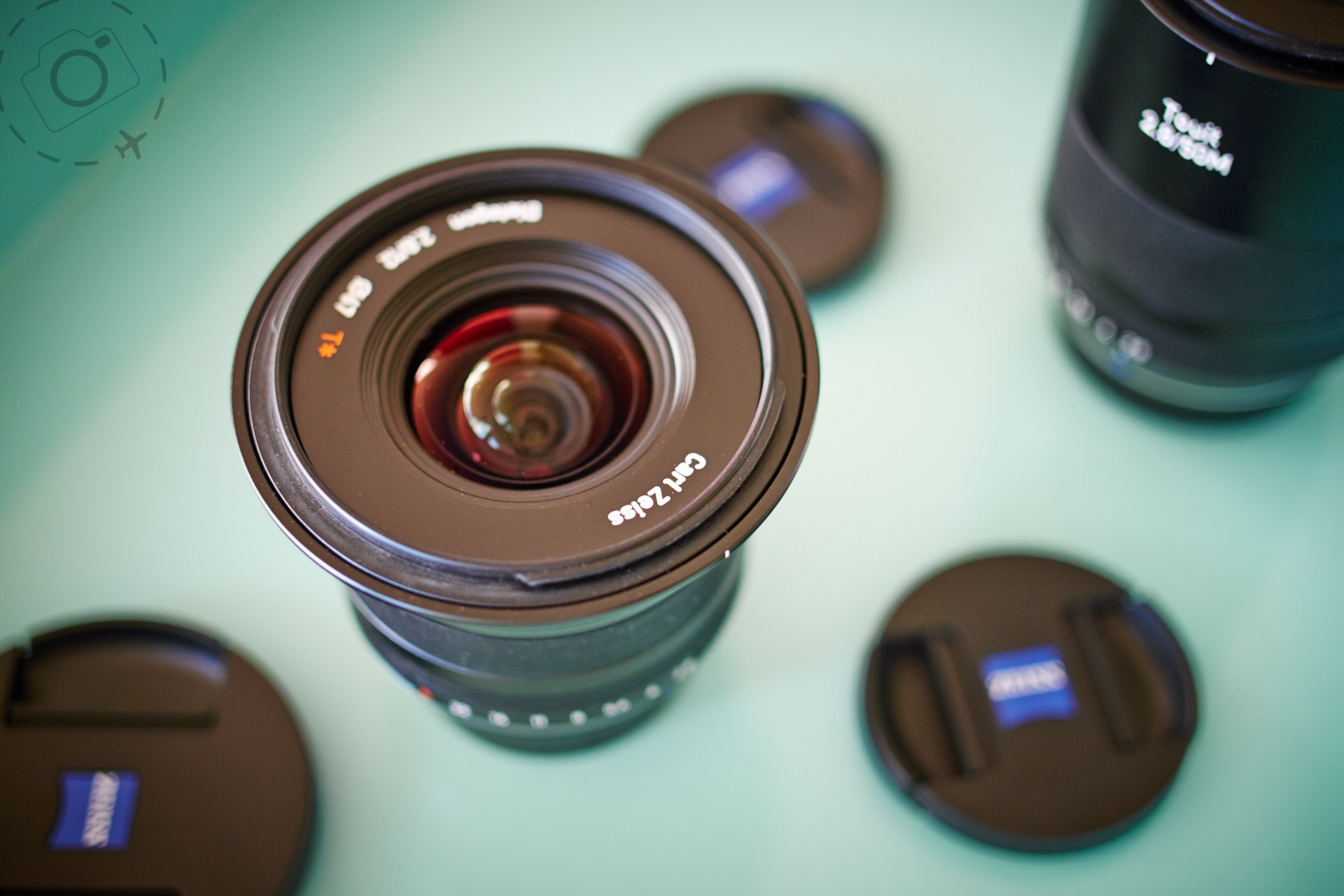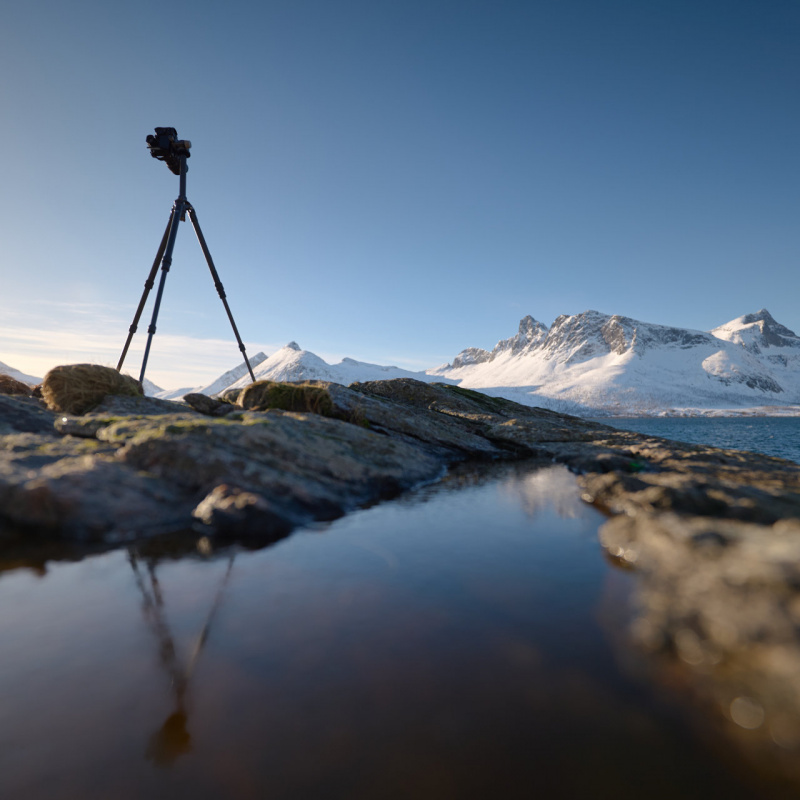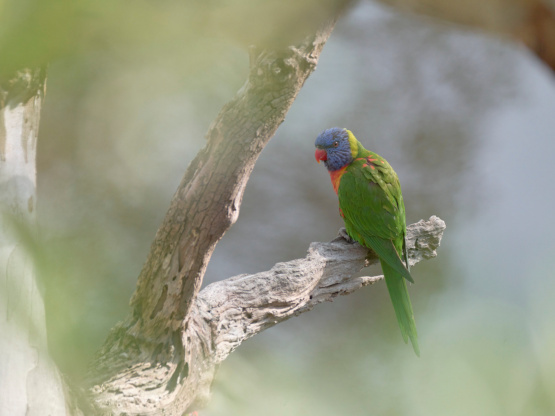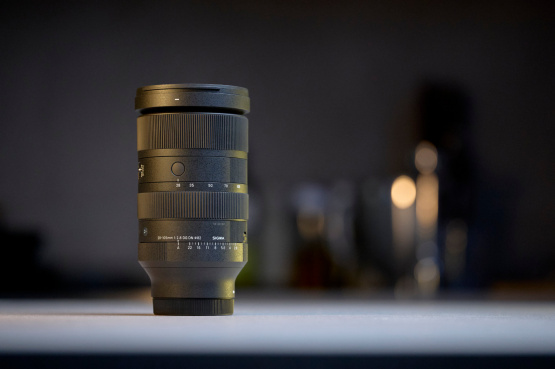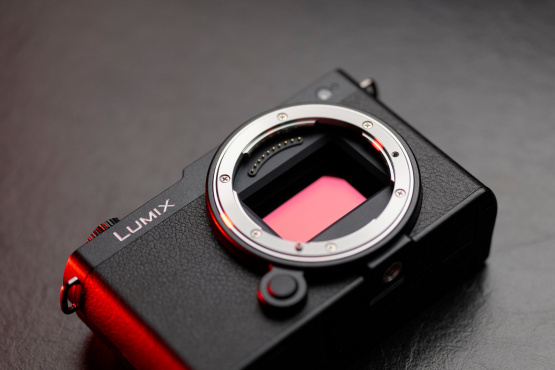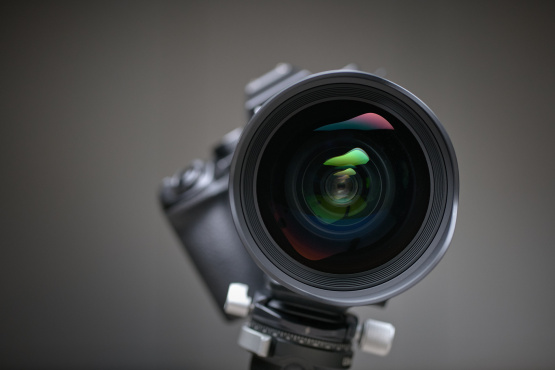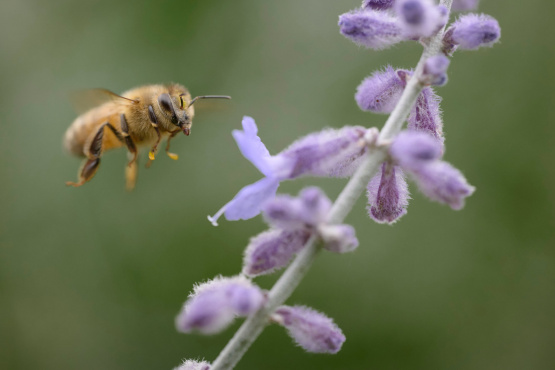If you own a mirrorless camera and want to upgrade your lenses the Touit range by Carl Zeiss is an essential option to look at. We took three of them for a spin around Hobart during a food photography workshop to get a closer look at what makes them so gorgeous.
One of the lessons we emphasise during these workshops is that the lens is the most important aspect of your camera. The body itself is modest in it’s creative abilities, it’s the lenses that do all the work, it’s the lens that imparts a look and feel to the image. When Mirrorless interchangeable camera systems first arrived on the market they tended to be geared towards budget buyers and the lens options were pretty uninspiring.
Today the situation is much more appealing, in part due to the commitment by Zeiss to build professional quality glass to suit these smaller sensors. You can now get fast primes that deliver publication quality images and shallow depth of field for creative compositions.
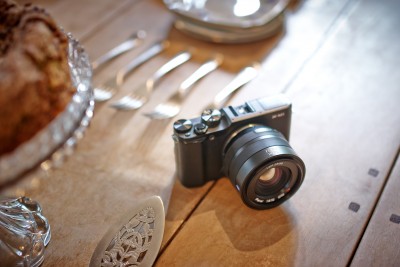
The 32mm f1.8 is a prime example of the right lens for a job. Putting one of these onto a Sony NEX or Fuji XM1 yields a “standard field of view”, equivalent to a 50mm lens on a full frame DSLR. This is perfect for still life, portraits and many urban photography situations. Opening the aperture wide to f/1.8 is what makes this lens most appealing however, so it’s at the limits that we wanted to test it most.
Working at the widest aperture is tricky work for any camera and you need a lot of faith in the autofocus to deliver results. Being out by just a little can matter a lot. The 32mm was confident and accurate across our hands on testing, and the image quality superb. The bokeh produced from shooting at f/1.8 is aesthetically pleasing, with minimal amount of echo along straight lines and a lot of lustre in the point sources.
The next lens we pushed about was the 12mm f/2.8, a model I had previous experience with when dragging it across Nepal, Thailand, Laos and Cambodia. It delivers the equivalent of an ultrawide 18mm full frame view, which is hard to achieve on the smaller sensors while still holding image quality. It’s not a cheap lens but it does deliver, with a surprisingly low level of distortion in the edges.
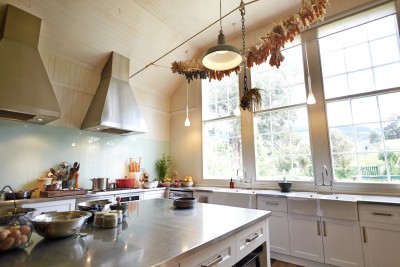
We took an image of the interior at Agrarian Kitchen and printed it up at A3 size. It held up beautifully and you couldn’t tell that it was shot on an APS-C sized sensor. This lens is a beautiful creation as well as a functional bit of glass, sporting an elegant set of curves that compliment the satin black finish of the Touit range. It’s significantly larger than the 32mm f/1.8, due to the larger surface area used to trap the light, but still looks the business on the smallest models by Fuji or Sony.
Finally in the series we spent a little time with the 50mm f/2.8 Macro. This is the lens I wish I had spent more time with, as the potential of this macro is enormous. Running a photography workshop doesn’t always allow for time to chase a folly, and the bumble bees of Tasmania were precisely the kind of folly I can spend hours on.
My first attempts to chase them down achieved a very modest level of macro, and it turns out that if you don’t switch on the macro function with the Fuji X-series then the lens will not drop out of the standard mode. Once you active macro-mode on the camera body the lens can be driven to extreme fine close-up, making the task of filling your frame with a single flower very simple. Chasing a bumble bee with the autofocus was not a great strategy on my Fuji XM1, but turning off the autofocus and simply hovering along with the subject while capturing high-speed continuous frames is a better way to go.
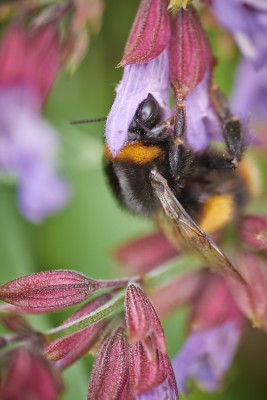
When not grabbing macro shots the 50mm lens makes for good tight shots, the equivalent of 75mm in DSLR speak, yielding nice grabs of still life where you want to exclude more of the background or grab portraits of people from a little further away. I like my wider lenses for most jobs anyway, but for those who prefer a longer perspective and the ability to go macro this lens is perfect.
For owners of the Sony NEX range these Touit lenses are unbeatable. They offer publication quality images and the beauty of shallow focus work across the range. The 32mm f/1.8 is an essential part of your kit if you plan to do still life. It’s the pick of the pack. The 12mm ultrawide angle is hard to put down as well, a lovely design that delivers a big image to the small sensors. There is a bit more competition with the Fuji X-series, as Fuji themselves make great prime lenses that compete with Zeiss for quality and performance. You’d be well advised to give the Zeiss option a close look before spending your dollars though.
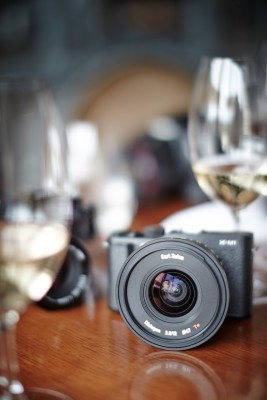

Keep Reading
Join Ewen's newsletter for monthly updates on new photography articles and tour offers...Subscribe Here

